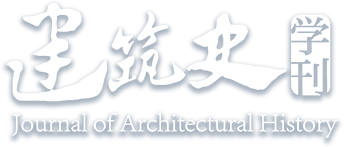Abstract:
The time-honored tradition of “Qushui Liushang”, which involves floating wine cups along winding water, began to be documented in relation to the “Liubei Pavilion” (flowing cup pavilion) during the Tang dynasty. This paper represents the first attempt to classifies the various types of Liubei Pavilions. Numerous Liubei Pavilions were constructed during Qing dynasty. Drawing on a range of materials including records, paintings, maps, photographs, and other data, this paper examines the construction and utilization of the Liubei Pavilion at Shuqing Garden in Qing dynasty, which was built by Emperor Kangxi for the purpose of hosting banquets for foreign dignitaries and bidding farewell to retired ministers. Emperor Qianlong, another notable emperor, penned numerous poems about the flowing cup pavilion, providing valuable insights into its usage. He invited family members and prominent ministers to these gatherings, which were not confined to the late spring but also occurred in autumn. Named “Liushuiyin” instead of “Qujian Fuhua” by Emperor Qianlong, the pavilion was and located within the Lecheng Hall but not the old site of Wuyi Hall, undergoing many renovations under his reign. The flowing cup pavilion here served as a pivotal cultural venue for the Qing emperors to perpetuate the tradition of the flowing water cup and engage in various cultural activities, which played a crucial role in fostering relationships between the emperor and his ministers, strengthening familial bonds, and maintaining ties with foreign vassal states.


 下载:
下载: